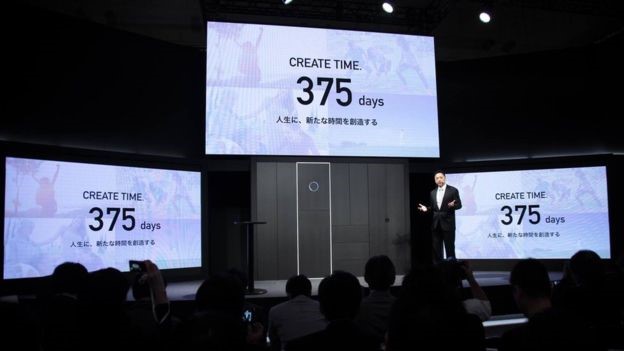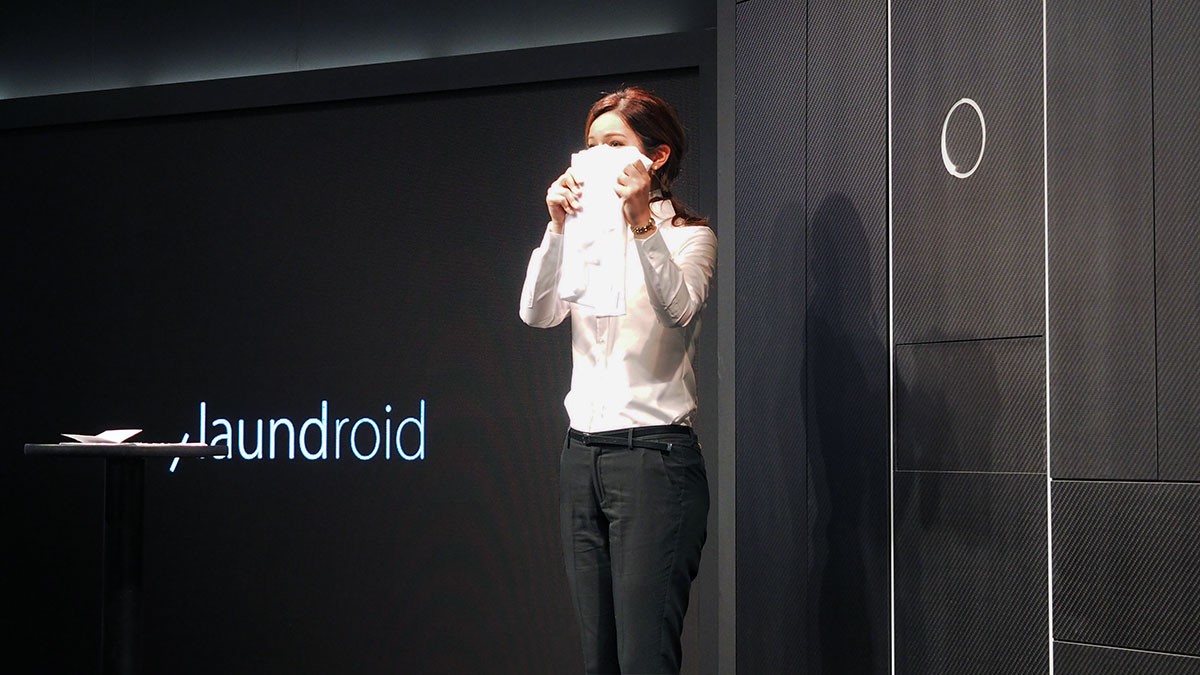
Folding laundry is a huge inconvenience that costs us 9,000 hours or 375 days over the course of our entire lifetime, says Japanese robotics start-up Seven Dreamers. The firm has spent a decade honing in on a solution that could eliminate such menial tasks forever—“Laundroid ,” a Japanese laundry-folding robot.
Laundroid measures about the size of a wardrobe and uses artificial intelligence and image recognition technology to fold and stack clothes; currently, it takes about 10 minutes to fold a single shirt, but machine-learning allows it to improve over time. By forming a larger IoT network through the cloud, each Laundroid unit contributes its image-recognition data to a central Seven Dreamers server and crowdsources the pooled findings to create a feedback loop that improves the overall experience.
Eventually, the robot learns to adapt its folding style depending on the specific article of clothing its holding; otherwise, users manually designate the item — t-shirt, shorts, pants, blouse, polo, and towel — using a proprietary mobile app or through the robot itself.

Pretty nifty, huh? Panasonic agrees and has invested $60 million in seeing the project through. Those interested in procuring a unit will have to wait until CES2017 for more clarity on the pricing model and launch date, although Seven Dreamers has confirmed that preorders begin in March 2017.
While it’s too early to predict pricing, we expect Laundroid to cost significantly less than its homegrown American counterpart, a laundry-folding robot developed by researchers at the University of California at Berkeley using Willow Garage’s $280,000 Personal Robot 2. Despite the high-cost ceiling of the Personal Robot 2, it wasn’t able to fold clothes any faster than Laundroid. That’s because clothing and towels are deformable objects with variable shapes; they differ not just by cut, but by how they’re bunched up.
Two shirts are rarely the same shape, whereas two soccer balls are almost always identical. Because clothing is malleable, robots require a greater degree of perception to recognize what they’re looking at before they can begin folding.
“The challenges posed by robotic towel-folding reflect important challenges inherent in robotic perception and manipulation for deformable objects,” assistant professor Pieter Abbeel tells UC Berkeley News Center.
The biggest difference between Laundroid and UC Berkey’s robot is that latter is mobile and can also fetch a beer.
Source: BBC , DigitalTrends , an Engadget
Advertisement
Learn more about Electronic Products Magazine





